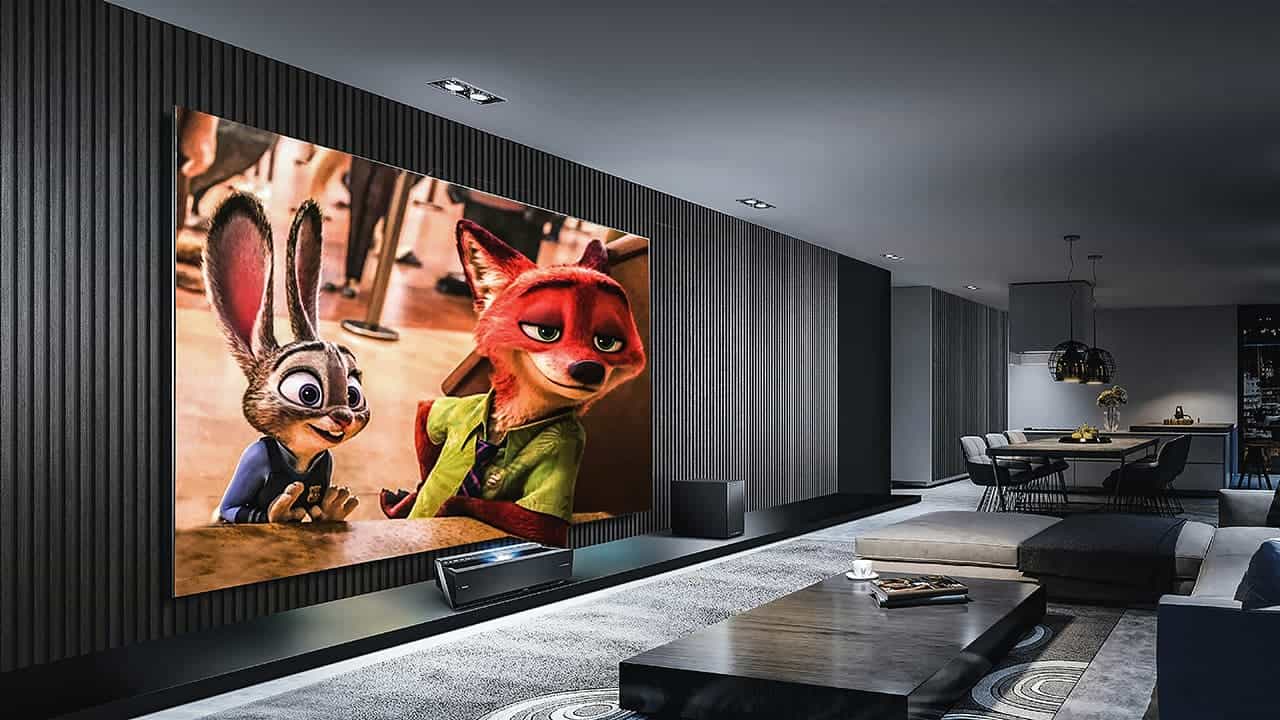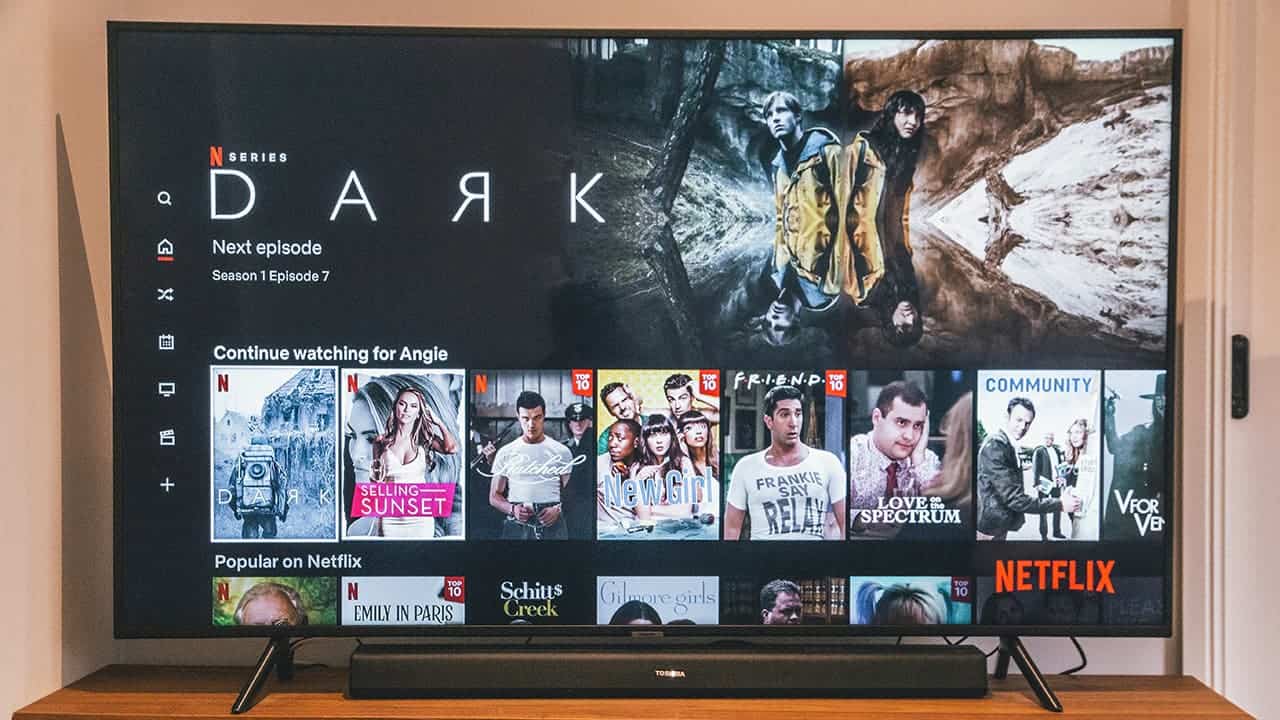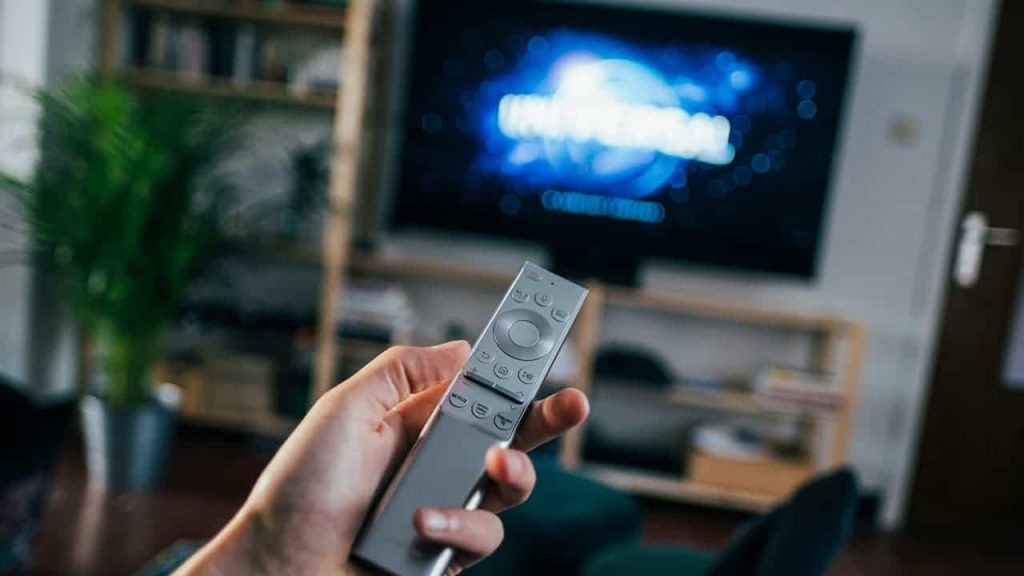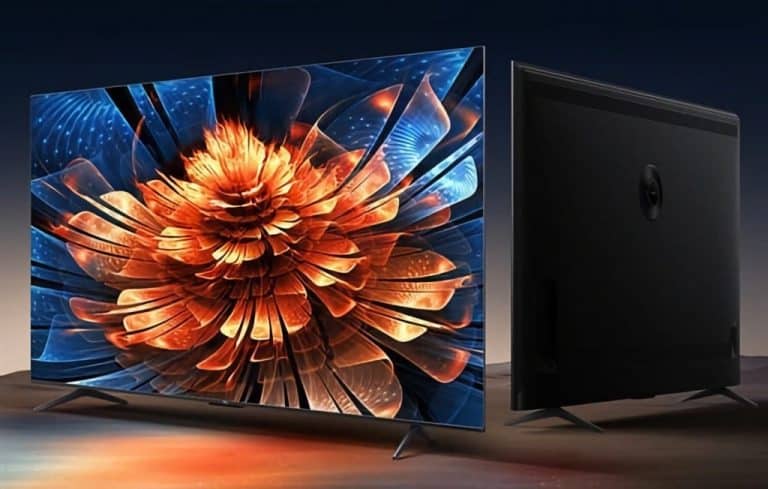Modern TVs bring a lot to the table. It’s not just about the image quality anymore. Instead, it’s more about the overall experience, including the sound. There are many options out there that can deliver immersive audio without needing extra speakers or a soundbar. But what if you’re not satisfied with the sound? Do you need to make additional purchases? Not really! You can make your TV sound louder!
The good part is that you really don’t need to go through too many hassles to make your TV sound better. Instead, a few simple tricks will do it. Want to know which ticks are they? Keep on reading because this guide will go through all the details!
Tweak the Audio Settings to Make Your TV Sound Louder
Your TV might have more audio power than you think! The first step to unlocking its potential lies in its settings menu. Most TVs offer basic adjustments for bass and treble. For older TVs with smaller speakers, reducing the bass can clear up muffled sounds. Conversely, a slight increase in treble can make dialogue crisper.
But that’s not all! Modern TVs often come with a variety of audio modes specifically designed for different types of content. You have settings for movies, sports, or dramas, for example. Experiment with these modes to find the one that best suits your viewing preference. Additionally, some TVs, like those from Samsung and LG, offer an auto-volume feature. This clever setting automatically adjusts the volume to prevent those jarring jumps between quiet dialogue and booming commercials.
Factor In the Placement of Your TV

Believe it or not, where you put your TV can significantly impact how it sounds. Take a moment to locate your TV’s speakers. This will help determine the optimal placement for an immersive audio experience.
Mounting your TV frees up space and enhances viewing angles. But it can be detrimental to sound quality if your speakers face downwards. This is a common setup for older TVs, where audio bounces off the floor instead of reaching your ears directly. In this case, keeping your TV on a flat surface allows sound to travel more freely throughout the room.
Thankfully, newer Smart TVs boast speakers strategically positioned within the frame. These models are ideal for mounting as long as the TV is centered on the wall. This placement ensures that the sound is evenly distributed. Through that, it can create a more well-rounded listening experience.
Gizchina News of the week
Consider the Surroundings When Your TV Sound Isn’t Loud Enough

The layout of your TV room can surprisingly influence how sound travels. This is particularly important for dedicated home theater setups with meticulously planned acoustics. But there are some simple tweaks casual viewers can make for a quick improvement.
Here, the key lies in managing sound reflections. Early reflections. Take those bouncing off a strategically placed surface below the TV, for example. They can actually enhance the audio by directing sound toward you. However, late reflections, especially in large open spaces, can muddy the listening experience. Bare walls and floors are notorious culprits. They cause the sound to bounce around and potentially drown out dialogue.
The good news? Combating these late reflections is easier than you might think! Rugs, carpets, curtains, wall hangings, and even houseplants can all help absorb excess sound. Throwing down a rug might only offer a slight improvement. But it’s a simple and effective way to tame those pesky echoes. Remember, creating a truly optimized listening space is a complex science. However, these basic steps can make a noticeable difference in your TV’s sound quality.
Is the TV Sound Still Not Loud? Consider Getting a Theatre System

Let’s face it, sometimes, the limitations of TV speakers call for a more powerful solution. If you’ve exhausted all the optimization tricks and still crave that truly immersive audio experience, it’s time to consider investing in a home theater system. This is the ultimate upgrade, but it also comes with the heftiest price tag.
The gateway to home theater bliss often starts with a soundbar. These sleek units offer a significant leap in sound quality compared to built-in TV speakers. Look for a soundbar with at least three channels (left, right, and center) for a richer soundscape. Many brands, like Samsung and Sony, offer soundbars specifically designed to complement their TVs.
These systems can even work together, utilizing both the TV speakers and the soundbar for a truly encompassing sound experience. You don’t have to match your soundbar brand to your TV. However, there can be some advantages to doing so, especially in terms of seamless integration.
Soundbars often come with a subwoofer. It reproduces those heart-pounding bass notes. Add one, and congratulations, you’ve just created a 3.1-channel system (three speakers + one subwoofer)! For many viewers, this might be enough to satisfy their audio cravings.
Via: gizchina.com










